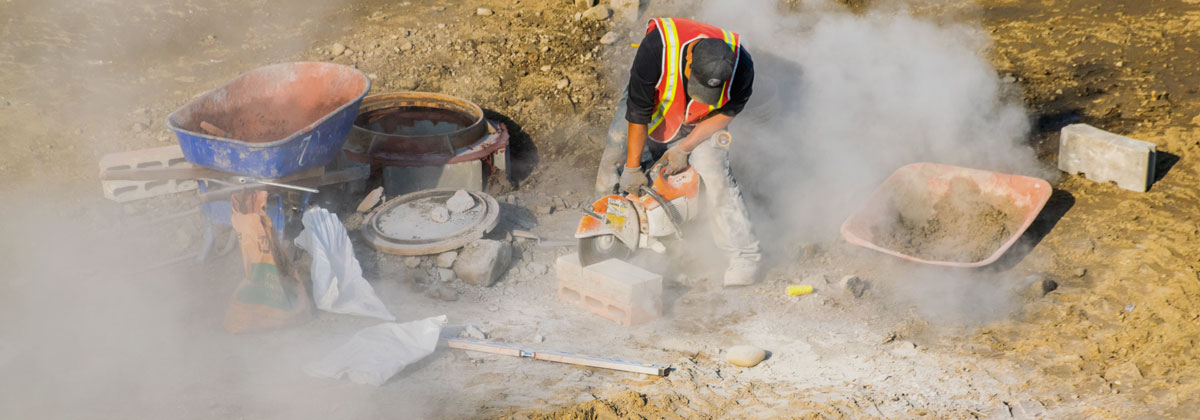Filtering Silica Dust: 5 Tips to Meet MSHA’s Silica Dust Limit
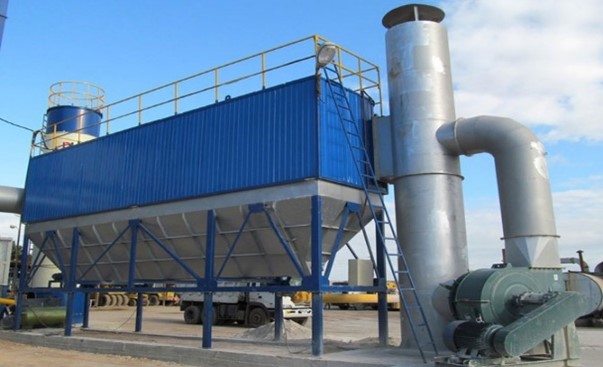
On June 8, 2022 MSHA announced an increase in enforcement of the Respirable Crystalline Silica (RCS) dust standard at mining sites and other facilities involved in processing, cutting, drilling, and grinding rock and stone. This includes the manufacturing of Cement, Artificial Stone, Glass, Steel, Brick, Ceramics, and Industrial Sands (including Frac Sand).
MSHA’s current RCS limit of 100 ug/m3 was updated in 1985 but has not been revised since that time. In 2019, the OSHA standard for RCS exposure limits were revised with a new Action Level (AL) and Permissible Exposure Limit (PEL) for respirable crystalline silica to 25 µg/m3 and 50 µg/m3, respectively. The June 8 news release implies that MSHA is considering a revised silica dust standard, and many industry experts believe that MSHA will eventually establish a RCS limit that mirrors the OSHA limit, possibly before the end of 2022. But for now, MSHA will be increasing oversight and enforcement of the current 100 ug/m3 standard.
The news release states that MSHA will increase spot inspections at sites with a history of RCS overexposures and previous citations. MSHA will also be expanding sampling at sites that represent a high risk for overexposure. The reality is that any mining or rock processing site that has areas where dusting and dust buildup is readily noticeable could be subject to increased MSHA inspection. Knowing that dust is a natural occurrence in high volume plants such as Cement and Industrial Sands, what actions should a facility plan for as MSHA increases enforcement actions?
-
Realize that the 100 ug/m3 standard is likely achievable with your plant’s current air filtration equipment and processes, if properly maintained and operated. Modern baghouse designs and filtration media are capable of very high efficiencies. However, even the best designed baghouse can become inefficient if filters are not changed out properly, system flow is not properly balanced, filter cleaning mechanisms are not maintained, dust is allowed to build up in hoppers and duct, and the units are not inspected regularly for leaks. Make sure your equipment is operating as it was designed and you are following the OEM’s guidelines.
-
Identify areas of your plant that have obvious dusting issues and then look for root causes. One example would be a fully enclosed (worker occupied) room that is consistently dusting, perhaps so much that you cannot even see across the room. How long has this been happening? Were changes made to the ventilation system that worsened the situation? Are pickup points/hoods designed properly, especially over conveyor belts or material transfer points? Is the dust collector servicing that room overloaded? Are the ducts clear? There could be many contributing factors, so it’s important to conduct a thorough analysis. Anywhere in your facility that has inches of standing dust should be put on your list to investigate, especially areas in which workers are frequently located.
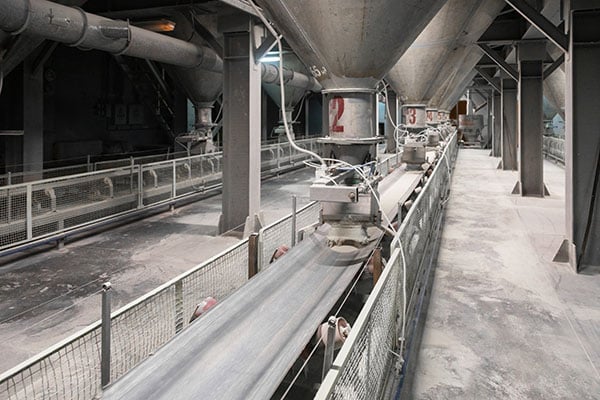
-
Evaluate your company’s procedures for proper housekeeping around work areas. When output demands increase, it can sometimes lead to a decrease in basic upkeep, sweeping, vacuuming, and dust disposal which then exposes employees to higher dust concentrations. A common solution is to install central vacuum systems to service high dust areas. These systems are easy to install and economical. You can choose from fixed systems or portable ones, and there is a wide range of sizes (horsepower) to best fit the dust volume and particulate weight being collected. Installing a central vacuum not only decreases cleanup time, but can result in an overall productivity improvement, as areas are more easily kept clean on a daily basis, and large areas of (unattended) dust buildup are eliminated.
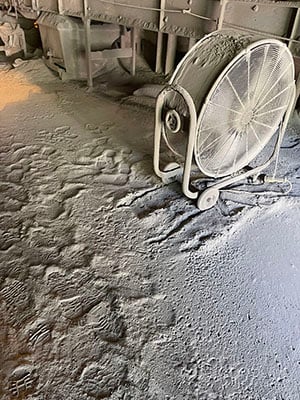
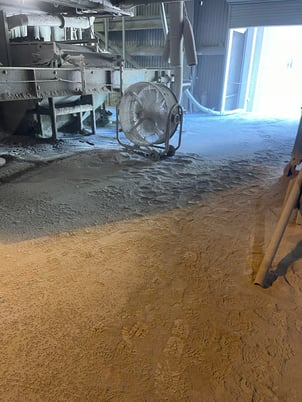
-
Conduct a comprehensive inspection of your baghouses, filter receivers, and bin vents with an eye toward total system balancing. Having a ventilation system engineer/technician review your equipment can be very beneficial. Good inspectors will have significant experience with each model and type of dust collector and understand common problem areas for that design. They can determine if the filtration media is correct for the application, and if it’s being cleaned properly. They identify if filters have been installed properly. They inspect for air leaks in housings, hoppers, and ducts. They evaluate valves and timer board settings, which may have been changed (incorrectly) from the original install, resulting in a loss of cleaning efficiency. They can evaluate how many areas a collector is servicing, and if it’s sized and balanced correctly for how it’s being used. A proper inspection report will not only identity issues but will also provide you a “roadmap” on what to do to make the units and entire ventilation perform better, perhaps even more efficient than when first commissioned. In some cases, a rebuild, conversion, or entirely new baghouse is the best approach. However, many times a simple fix such as changing filter media, installing new pulse valves, improving compressed air availability, or modifying pulse cleaning intervals can accomplish the goal.
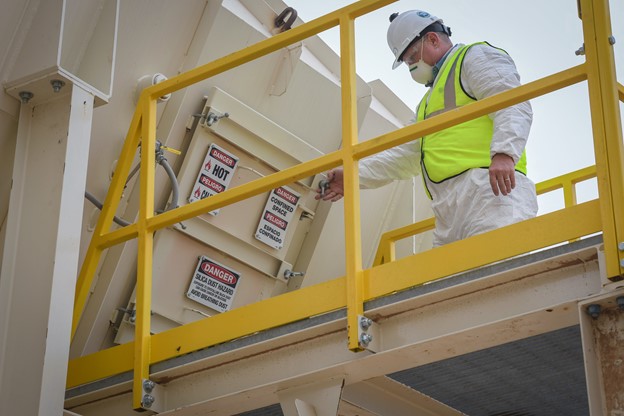
-
Install remote diagnostics on your dust collectors. Remote monitoring is is an economical way to monitor the performance of any dust collector and ventilation system airflow, with the convenience of viewing the data from your mobile device. Existing and/or new sensors are installed on collectors to measure and track various performance indicators such as DP, temperature, airflow, and emissions (broken bag detectors). Wireless and battery-operated sensors are now readily available, economically priced, and require minimal installation time. Data from the sensors is transmitted to your smart phone or tablet. Alerts can be set to notify you of major changes or an upset condition. Having a 24/7 view of each collector allows you to identify units that may be causing dusting issues. This can be especially helpful for collectors that are difficult to reach and thus may not receive regular maintenance. Sharing this data with a baghouse contractor like IAC can be helpful for jointly developing a list of projects, parts, and repairs that will keep your dust collectors operating at peak performance.

If your plant has known dusting issues, and you need assistance to identify effective solutions, or just looking ahead towards future requirements, having an IAC field engineer visit your plant is an excellent first step. Using IAC's established 3-Phase RCS compliance plan, our team of experienced technicians can usually identify the problem areas quickly and explain how we’ve fixed those same problems on the same types of baghouses at similar facilities. We can then provide cost competitive quotes and help you establish a budget and timeline for the needed modifications, whether it involves dust collection, material handling/conveying, ductwork, dry bulk storage/silos, control systems, or even new OEM equipment install and heavy construction. The team at IAC can help you address any problem areas – and increase overall output and efficiency – so that you can keep your employees safe and your plant operating within silica dust limits.


